Carnac: All destinations, advice & information for your holidays!
The popular seaside resort of Carnac in southern Brittany, in front of the Quiberon Peninsula, is famous not only for its wide beach but also for its mysterious stone rows, the so-called menhirs. All year round, there is something to discover on the coast, or you can simply relax in the fine white sand of Carnac-Plage.
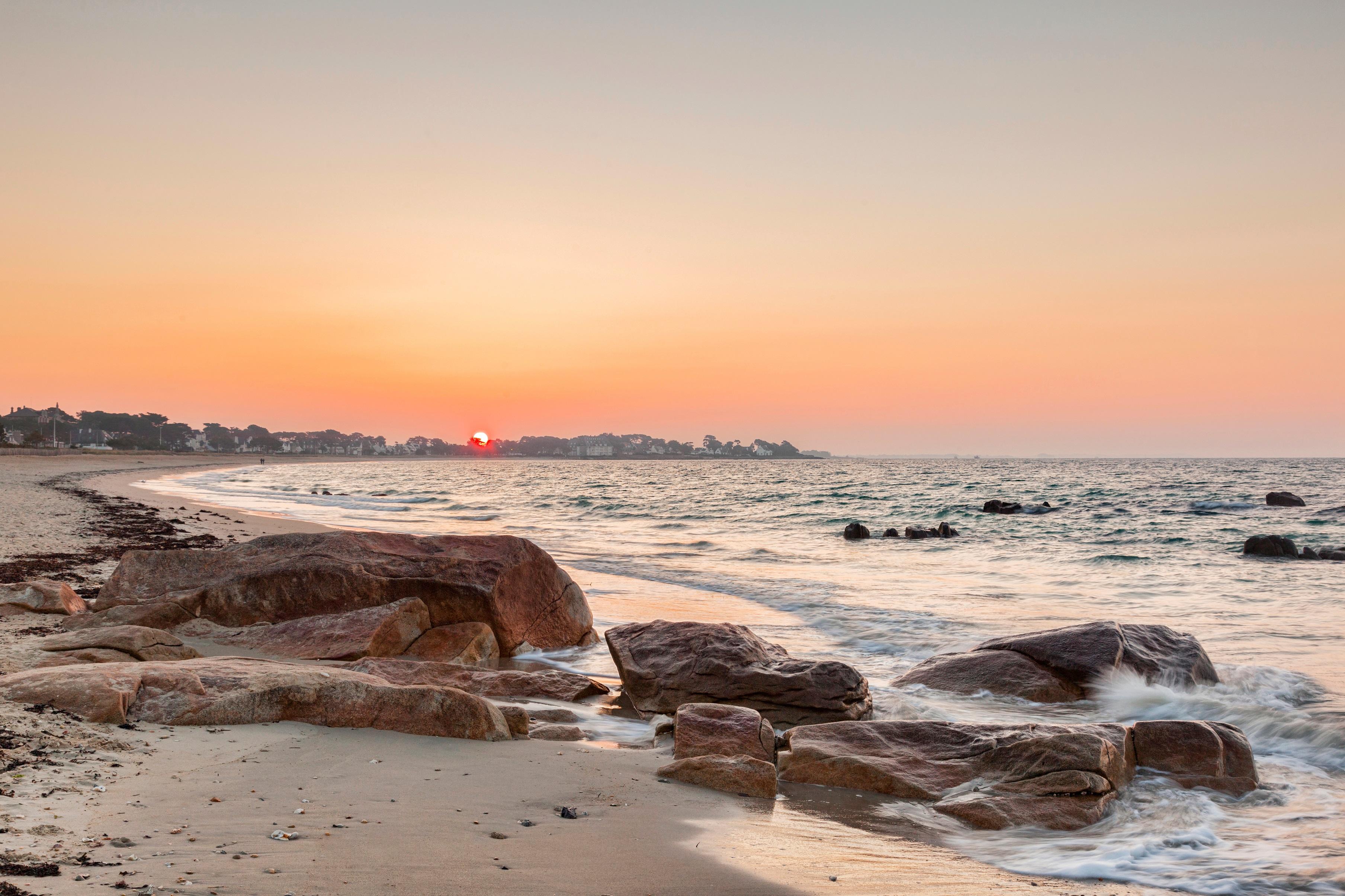
Table of contents
Carnac - Must-see attractions
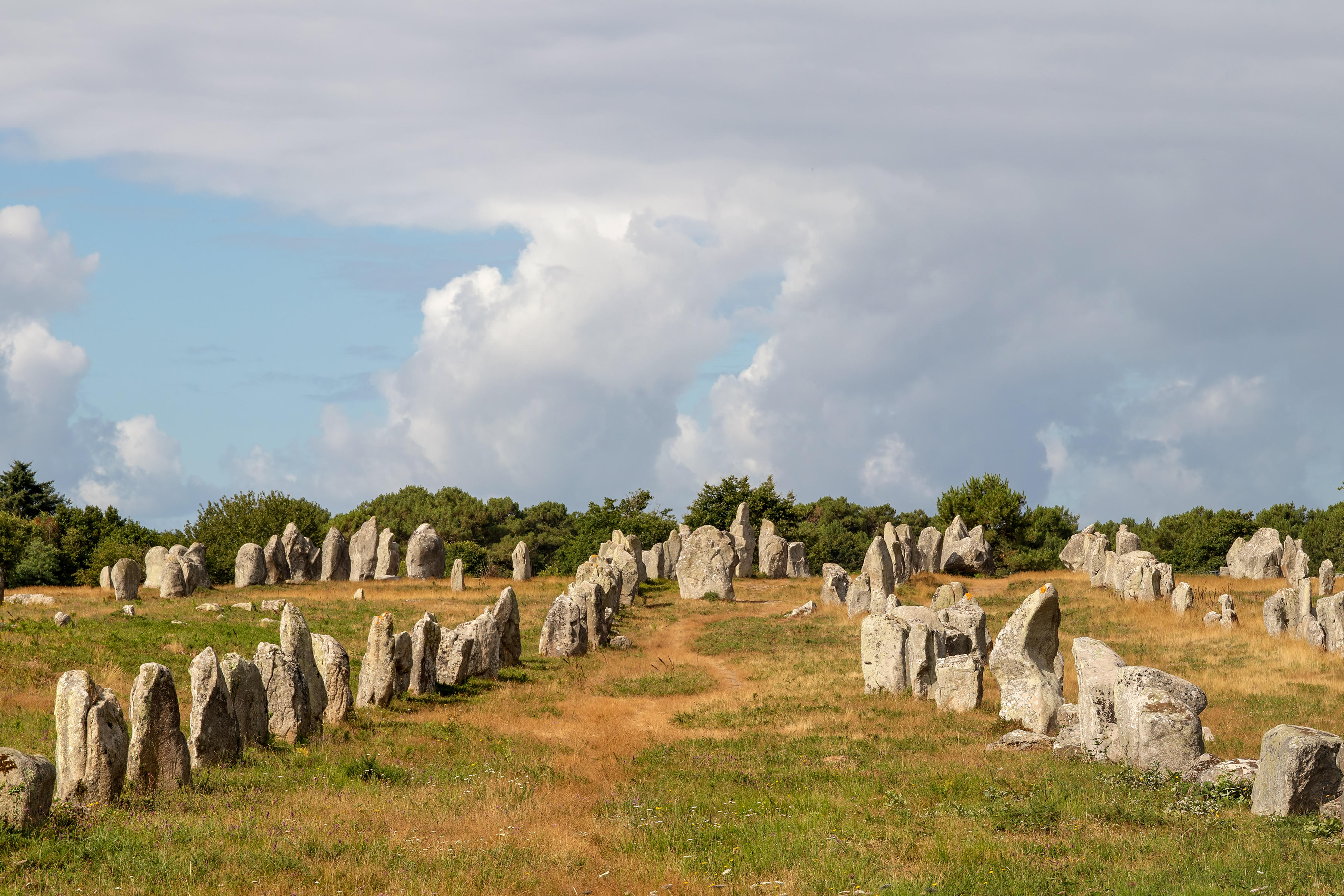
Stone rows of Carnac
Standing straight and upright, the stone rows of Carnac allow you to delve into the Megalithic era. The prehistoric sites are divided into the three menhir fields of Ménec, Kermario, and Kerlescan. They were created between 5000 and 3000 BC. The reason why remains a mystery to this day. At the information center Maison des Mégalithes in the west of Carnac, you can get to the bottom of the stones' significance. From the viewpoint on the roof, the rows of standing stones can be well surveyed. The sheer number of menhirs is best revealed on a hike.
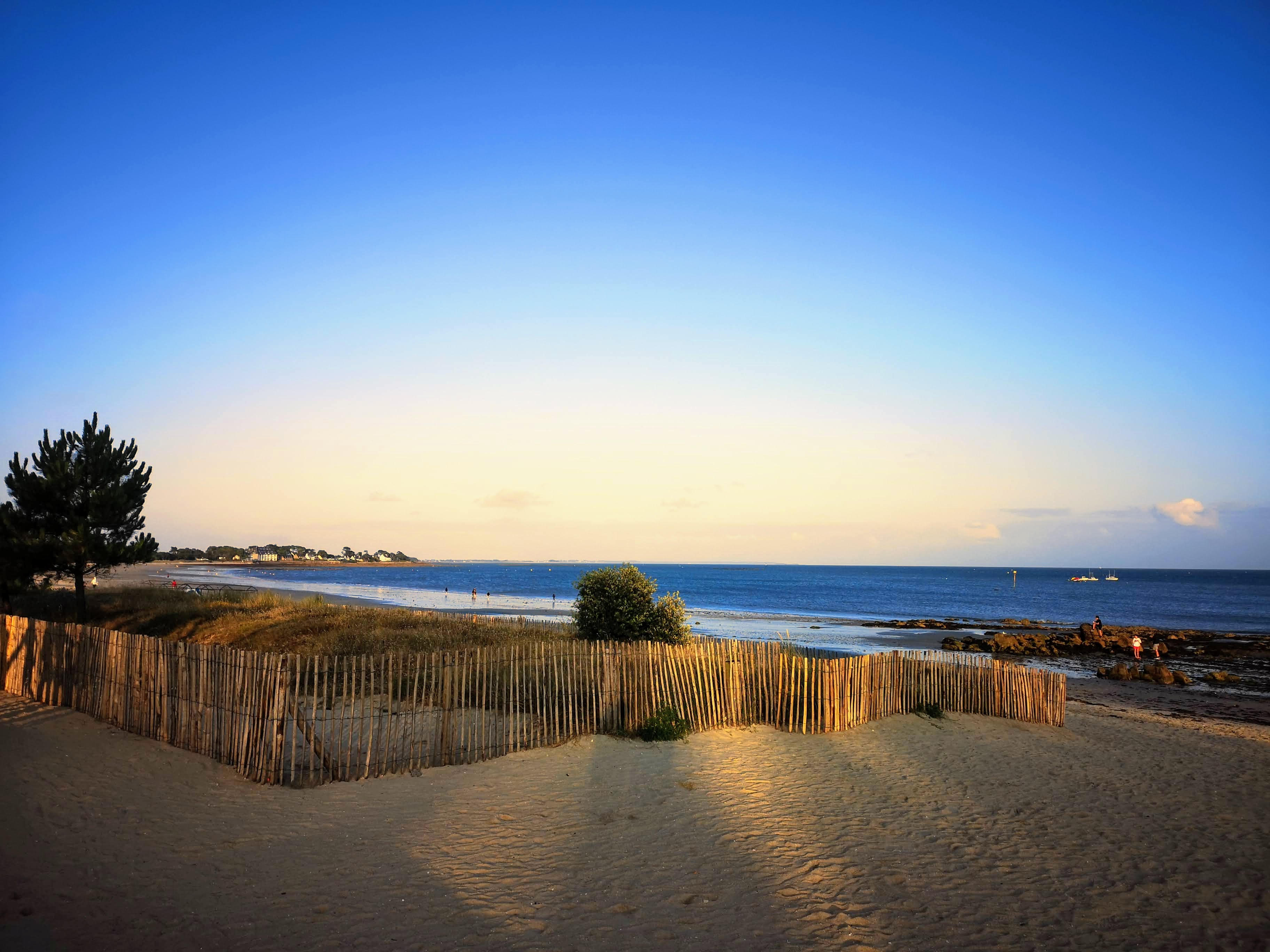
The Great Beach
If you are looking for a place to relax and enjoy water sports in the wind, then La Grande Plage de Carnac is the perfect spot for you. Here, you can go windsurfing or try the trendy sport of kitesurfing. La Grande Plage is a beach that stretches over several kilometers and offers good conditions with its fine sand. It is located just a few steps from the town center. In the summer, you will find beach clubs, shops, and restaurants there.
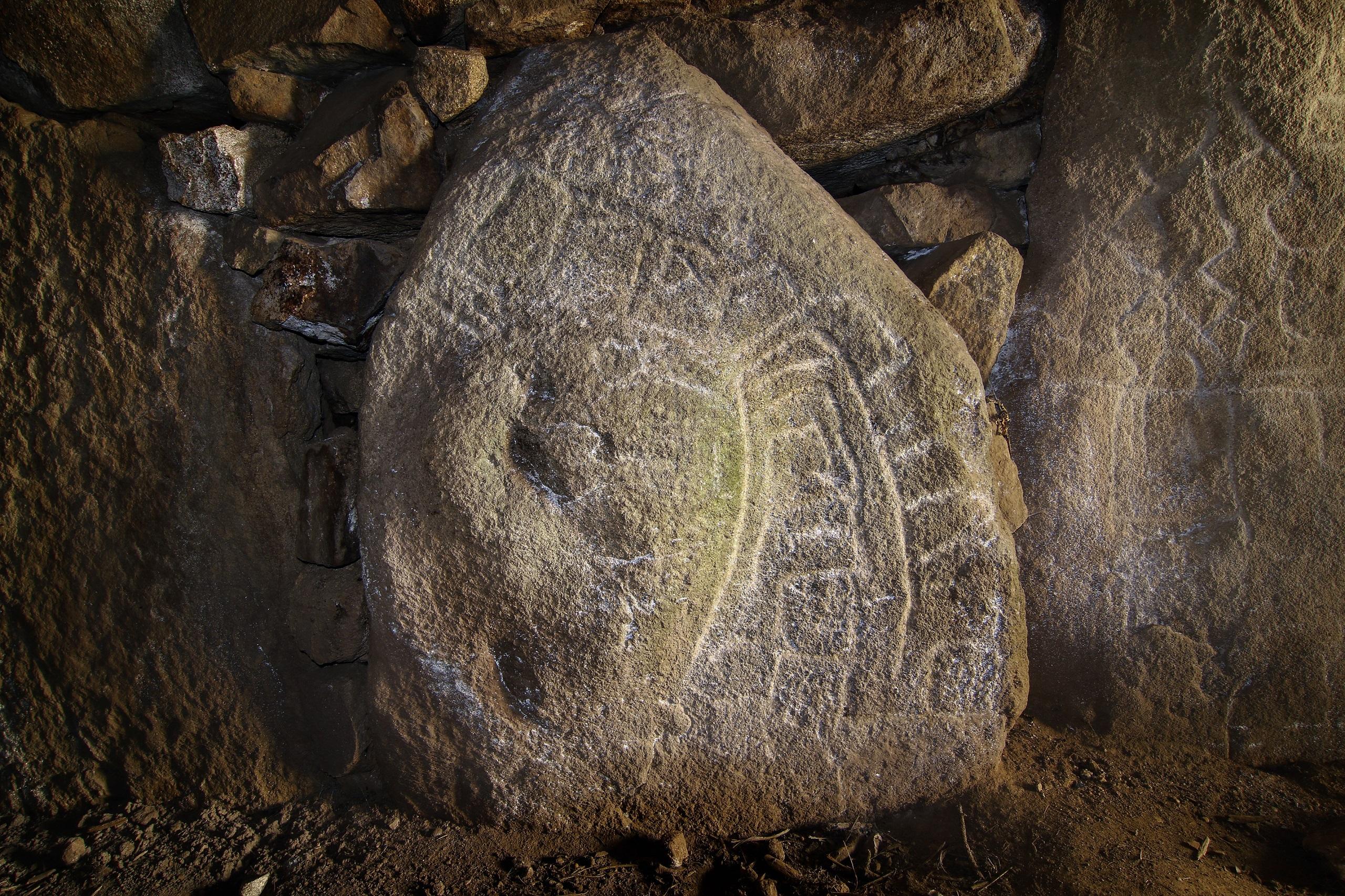
Prehistoric Museum of Carnac
The museum houses one of the richest collections on prehistory in Europe with its approximately 6,000 exhibits. The focus is on the age of the megaliths from 4900 to 2200 BC. A guide will informatively lead you through the chronologically arranged collection. Embark on an exciting journey into the time of our ancestors with their fascinating dolmens and menhirs, cave paintings, and Neolithic tools. You will witness the astonishing skills of prehistoric people. Afterwards, explore the famous stone rows of Carnac.
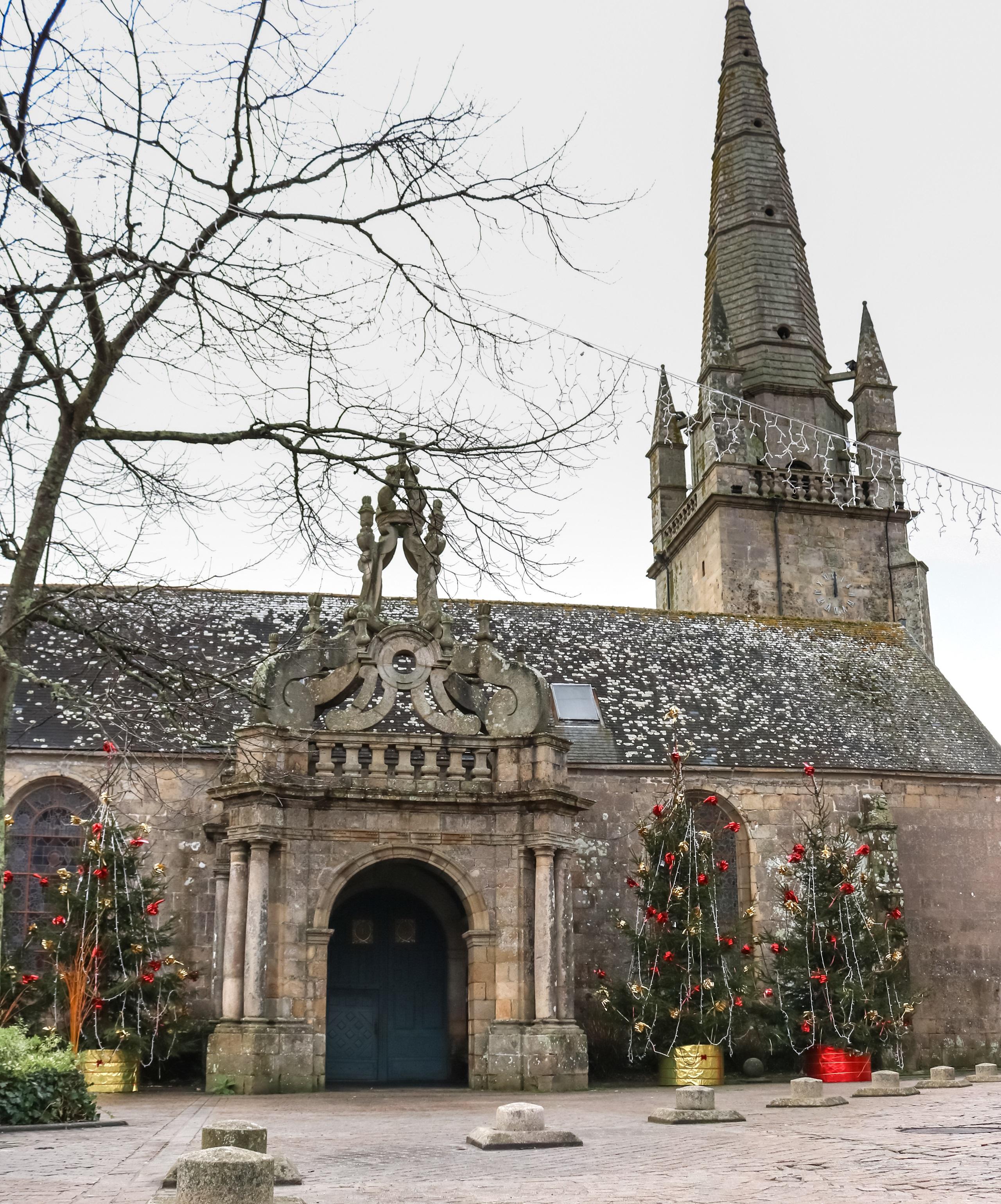
Saint Cornély Church
The church of Saint Cornély, built in the 17th century, is dedicated to the patron saint of all horned animals. Inside, the reliquary bust of the saint is a sight to behold: it takes four people to lift the gilded wooden art object. Another highlight inside the house of worship is the 18th-century organ, which is a protected monument. In July and August, tours are held that point out details of the wood-paneled interior, the pulpit, or the altar paintings to visitors.

Saint Michael Burial Mound
Outside the Breton seaside resort of Carnac, famous for its Neolithic megalithic sites, the Tumulus Saint-Michel forms one of the largest burial mounds in Europe. Approximately 125 meters long, 60 meters wide, and 10 meters high, it once contained a lavishly equipped princely tomb. The burial mound was created between 3800 and 3500 BC, but was only discovered during archaeological excavations in the 19th century. The chambers inside the tumulus cannot be visited. Instead, you can walk up the hill and enjoy a magnificent panoramic view.
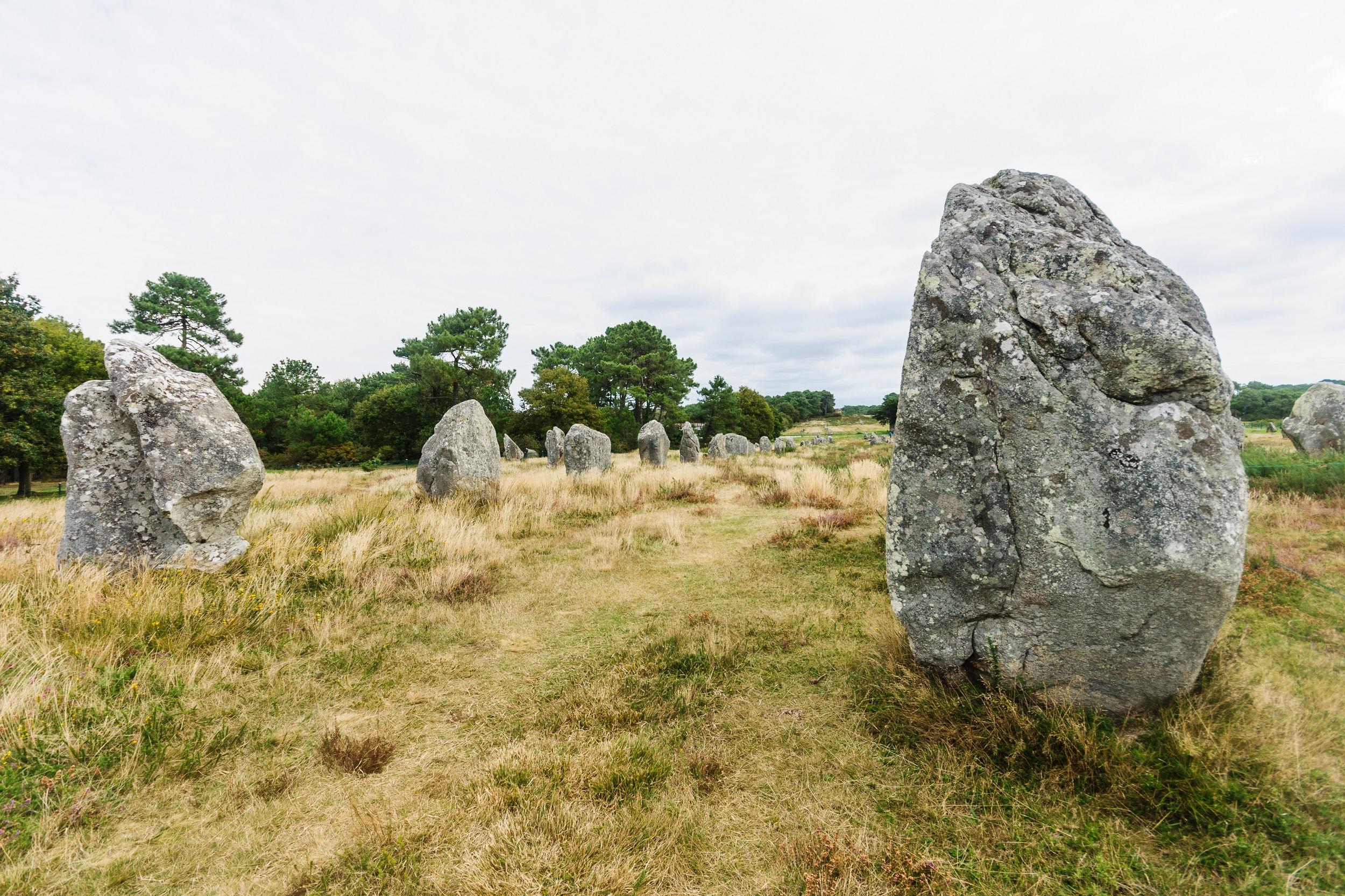
Giant Manio
The Giant Manio towers 6.5 meters high. The "Giant of Manio" is a stone block that rises high into the sky, resembling a round column that tapers upwards. The Géant du Manio - as it is called in French - is a relic from the Neolithic period and the largest of its kind around Carnac. Look at the base of the stone giant. Snake figures were engraved there.
Carnac - Secret spots
Where oyster farming is at home: Le Pô
On the coast west of Carnac, explore the charming village of Le Pô. Since the late 19th century, the small fishing village has been dedicated to shellfish and shellfish farming. Taste the incomparable aroma of the oysters cultivated here. From April to September, you can visit the oyster park under expert guidance.
Chapel of the Madeleine
A few kilometers outside of Carnac, the medieval Chapelle de la Madeleine rises on a peaceful meadow. The building once housed a leper colony. The water from the well is said to be healing for fever and skin diseases. During the Madeleine Festival in July, a traditional celebration with music, dance, and Breton customs takes place here.
Carnac Prehistory Museum
Do you want to learn more about the legendary megalithic culture that manifests itself around Carnac in the impressive rows of menhirs and dolmen graves? In the archaeological museum of Carnac, you will discover exciting finds from the Neolithic period, whose background information you can easily understand thanks to the German audio guide. German-language text folders provide you with further information.
Saint Colomban – Dream beach on the French Atlantic coast
White powdered sugar sand, a turquoise sea, and a wealth of beach activities: Saint Colomban Beach is considered the most beautiful in the Morbihan department and is located in the southwest of the popular holiday resort of Carnac in southern Brittany. The Caribbean-like and gently sloping sandy beach is particularly popular with families, but also with surfers and kitesurfers.
Carnac - In 3 days
Day 1
Carnac in Brittany is known for its prehistoric stone rows. To prepare for visiting these gigantic menhirs from prehistoric times, visit the Museum of Prehistory and Early History of Carnac on the morning of the first day. Here you will learn more about the mysterious stones. Afterwards, a trip to the stone rows themselves is recommended. These are a total of about 3 km long and comprise several thousand stones. From the stone rows, it is just a stone's throw to the neighboring town of La Trinité-sur-Mer. Located between the Quiberon Peninsula and the Crac’h River, La Trinité is an important marina. From the Kerisper Bridge, you have a great view of the yachts coming in and out. The Neolithic period also left its mark in La Trinité-sur-Mer: The megalithic site Allée couverte Mané-Roullarde is located on a hill above the harbor and consists of a gallery grave with four capstones.
Day 2
The second day is the perfect opportunity for a trip to Auray and Vannes. Auray is a tranquil place and can be reached by car from Carnac in about 15 minutes. A highlight is the picturesque harbor. Here you have lunch before taking a walk through the city center to the port of Saint Goustan. You have a magnificent view over the Gulf of Morbihan from a rampart above the Ria du Loch river. The journey continues to Vannes. The capital of the Morbihan department is about half an hour's drive from Carnac. The medieval city center is particularly charming. Stroll through the narrow streets past half-timbered houses and stone churches, which are protected by the old city wall. The tree-lined promenade is also beautiful. Just outside Vannes is the town of Elven, where the castle ruins of Forteresse du Largoët are located.
Day 3
On the third day, the Quiberon Peninsula invites you to a nature adventure. The drive alone over the only road connecting the peninsula to the mainland is impressive: you are surrounded by the Atlantic on all sides. If you wish, make a stop in Plouharnel, a mecca for water sports enthusiasts. On the west coast of the Quiberon Peninsula stretches the Côte sauvage, the "wild coast." Here, the ocean has formed caves and arches in the rugged cliffs. A popular excursion destination on the Côte sauvage is the Château Turpault. The castle is located on a headland that extends far into the Atlantic and is privately owned. Its pointed towers and battlements are typical of the region. However, Château Turpault is by no means a medieval structure, it was commissioned by an industrialist in 1904. You can explore the entire Quiberon Peninsula via the long-distance hiking trail GR34, which is crisscrossed by numerous cycling paths.
Carnac - Climate
Moderate oceanic climate with warm summers and cold winters characterizes the weather in Carnac. The best time for a vacation in a holiday home is the warm and slightly rainy summer months from June to September, with maximum temperatures of just over 20°C. The water temperature then averages 18°C. The warmest month is July, when the thermometer shows an average of 22°C. Good, though not as sunny, weather can also be found in May and October. The coldest months are January and February, with maximum temperatures not exceeding 10°C. Most of the rain falls from October to January, peaking in December.